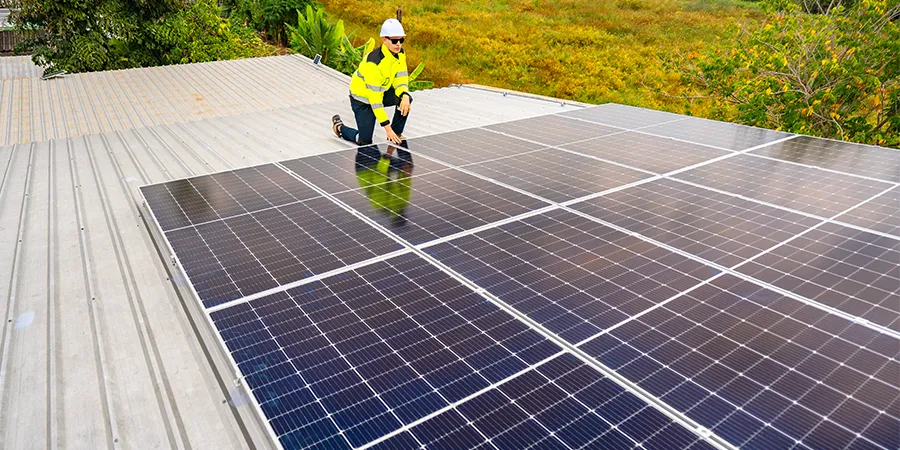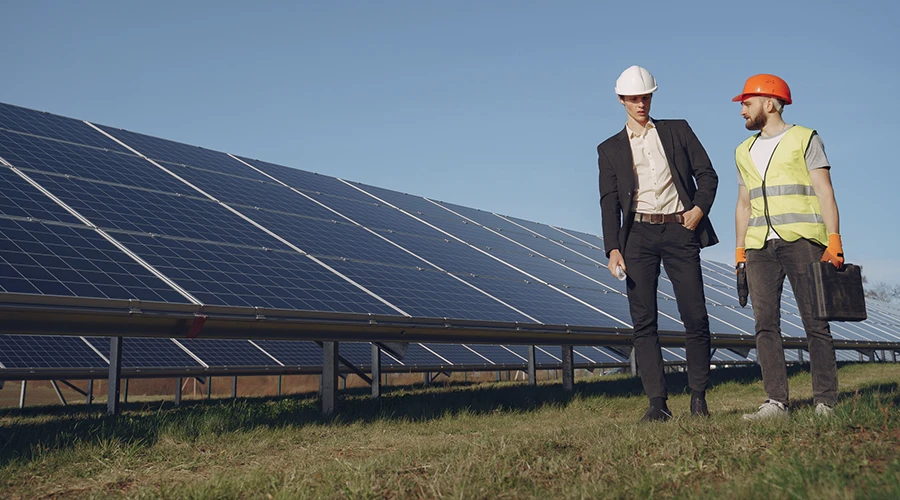We can’t escape these rising power prices. If your electricity bills keep creeping higher, you’re not imagining things. Energy prices across Queensland have risen sharply in recent years. Now wonder many Sunshine Coast households are looking for relief. The good news? Installing solar panels and a battery system can dramatically reduce your bills… and in some cases, nearly wipe them out.
In this article, we’ll look at:
- What’s driving electricity price rises in QLD
- How solar power provides insulation against those costs
- A real Sunshine Coast case study of household savings
- Whether batteries are worth the extra investment
Rising Electricity Costs in Queensland
According to the Australian Energy Regulator (AER), electricity prices in Queensland jumped by around 20–25% in 2023–24, driven by higher wholesale costs and network charges. [And there’s no sign of relief on rising grid power prices: analysts warn that volatility will continue as Australia transitions away from coal-fired generation. I hate to say it, but it’s how the big energy companies are protecting their revenue as renewable energy changes the landscape. It’s all baked into the system. But that’s not what we’re talking about today.]
So… for an average Sunshine Coast household using 20 kWh/day, your bills have probably risen $350–$500 every quarter, depending on usage and tariff type.
Why Solar Is the Best Defence
Solar panels work by generating your own power during the day, offsetting the electricity you’d otherwise buy from the grid. With enough panels, you can cover most of your daytime use. Add a battery, and you can store that excess energy for night-time use… which reduces or even eliminates your reliance on grid power.
Key benefits:
- Lock in free daytime energy from the sun
- Hedge against unpredictable price hikes
- Lower bills immediately, with ongoing savings for 20+ years
Local Case Study: Maroochydore Family’s $400 Bill Down to $60
Take the example of a family in Maroochydore where we installed a 6.6 kW solar system with a 10 kWh battery in mid-2024. Before solar, their quarterly bills averaged $400–$450. After the install, their first two bills came in at $60 and $72, thanks to smart use of solar generation, battery storage, and minimal grid reliance.
That’s a saving of more than $1,200 a year… and with rebates plus feed-in tariffs, the system is on track to pay for itself in under 6 years.
Pro Tip: It’s worth looking at your investment in terms of cash savings rather than how long to pay off a system. Cashflow is king. Lifestyle improvements are where it’s at.
The Role of Batteries
Batteries aren’t essential, but they significantly increase your independence from the grid. Without a battery, excess solar power is exported for a modest feed-in tariff (typically below 5c/kWh). With a battery, you use that power yourself, which means you are effectively replacing electricity that would cost you 30–40c/kWh to buy.
Pros of batteries:
- Evening energy security (especially at peak tariff times between 4pm and 9pm)
- Greater bill reductions
- Backup power during blackouts
Cons:
- Higher upfront cost (usually $6,000–$12,000 depending on size)
- Longer ‘payback’ compared to panels alone (but hey, these days, you may qualify for the Federal Solar Battery Rebate Scheme and save thousands of dollars!).
Should You Make the Switch Now?
With rebates available and energy prices climbing, solar has never made more financial sense. On the Sunshine Coast, where sunlight is abundant, a well-sized solar and battery system can reduce bills by 70–90%, and deliver both immediate savings and long-term protection against price increases.
Key Takeaways
- Electricity prices in Queensland have surged and will keep increasing.
- Solar panels offer an immediate shield, as they cut daytime reliance on the grid.
- When you add a battery, you maximise independence and savings, especially in the evening, at peak tariff times.
- Sunshine Coast families are already seeing dramatic reductions in bills.
FAQs
Q: How much can a typical Sunshine Coast household save with solar?
A: Savings of $1,000–$1,800 per year are common, depending on system size and usage habits.
Q: Is a battery always worth it?
A: If your household uses a lot of power at night (especially in the evening hours up to 9pm), a battery can double your bill savings compared to solar panels alone.
Q: What about rebates?
A: Federal rebates and state incentives are available, reducing upfront costs significantly.



